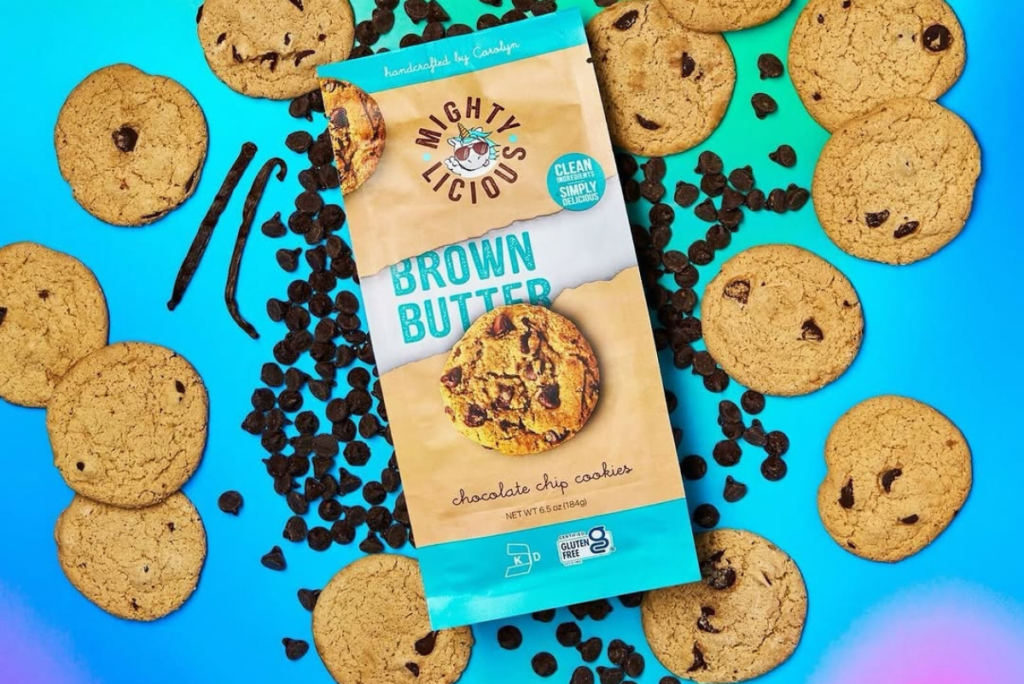KANSAS CITY, MO — Tapping into the gluten-free market goes beyond products with alternatively sourced ingredients and proper labeling. To stand out in this segment, manufacturers must do the work to create gluten-free products that have flavor on par with their traditional counterparts.
According to Fortune Business Insights, the 2024 gluten-free global market was valued at $6.7 billion, with the expectation to grow to $14 billion in 2032. The gluten-free cookie category in particular reached $15.5 billion in US sales last year, according to Mintel data.
For those looking to disrupt the cookie category — known for indulgence — building a reputation for taste is key.









